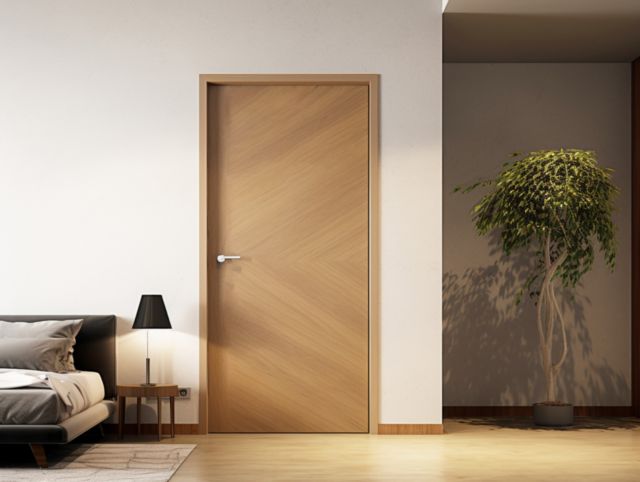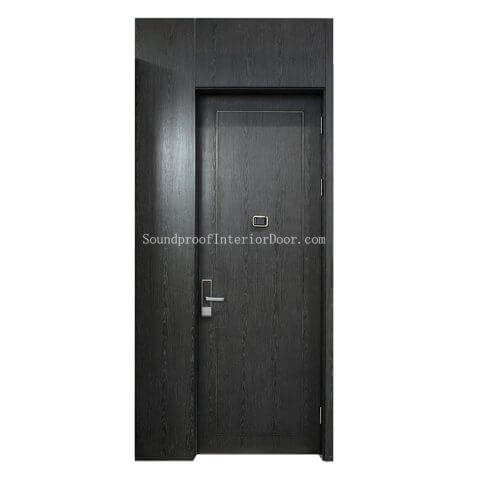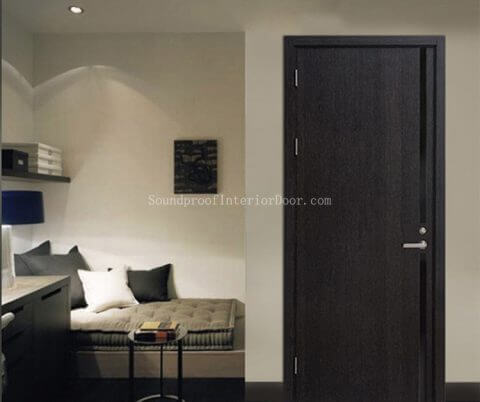I. Introduction
Finding peace and quiet can be hard in today’s hectic and noisy world, which makes finding solace a critical task. Unwanted noise is often an obstruction that causes distraction and discomfort; that’s where noise blocking door comes in handy.
Installing noise block door is an effective way to create an atmosphere of peace and serenity by blocking external sounds from reaching our ears. Constructed using cutting-edge materials and techniques, sound blocking doors have proven themselves capable of producing peaceful and productive environments in both residential and commercial spaces alike.
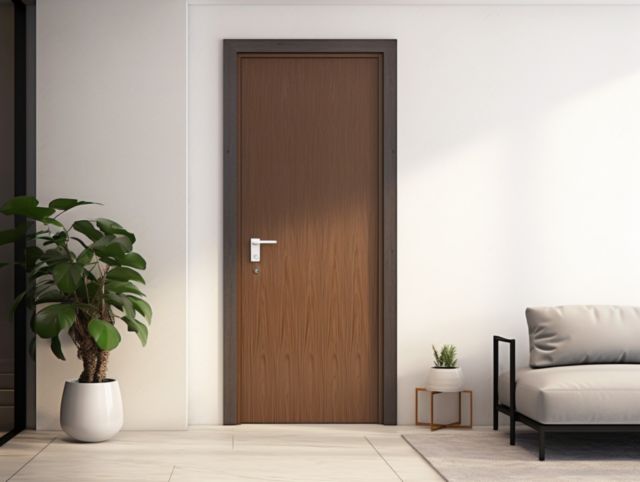
II. Understanding Noise Blocking Doors
What are Noise Blocking Doors?
Noise blocking doors (also referred to as soundproof interior doors) are specially engineered to minimize sound waves traveling from one space to the next. Constructed using materials with exceptional acoustic absorption and insulation properties, noise blocker door works by effectively blocking them off to reduce sound transmission between rooms.
Sound blocking door uses various techniques to minimize sound transmission. It typically features layers of dense materials like solid wood or steel that absorb and dampen sound waves, while other features like foam or rubber gaskets create an airtight seal when the door is shut, further blocking sound transmission.
By installing sound blocker door or noise blocker for door, you can create a more serene and peaceful environment free from disturbance from unwanted noise. We will discuss various aspects of installation of these doors including selecting an appropriate door, prepping for installation, and the step-by-step process of installing a sound block door.
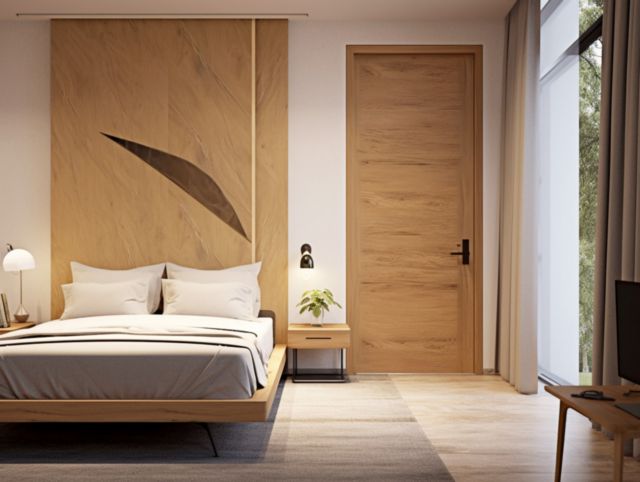
III. Selecting an Appropriate Noise Blocking Door
When selecting the ideal block sound door or door noise blocker for your space, there are various factors to keep in mind. Here we explore various types of noise-blocking doors and sound blockers for doors available as well as key factors for making an informed decision.
Types of Noise Blocking Doors
- Wooden Doors: Wooden noise blocking doors are an increasingly popular choice due to their aesthetic appeal and natural sound-dampening qualities. They typically consist of solid or engineered wood construction for optimal sound transmission isolation, offering customizable styles and finishes to match interior decor requirements.
- Steel Doors: Steel noise-blocking doors are known for their strength and resilience, providing incredible noise reduction abilities thanks to their strong build quality and dense material composition. They’re commonly found in commercial or industrial settings where sound control is of key importance such as recording studios or manufacturing facilities; additionally they can make a great option for high security needs as well.
Considerations When Selecting a Noise Blocking Door
To select an effective noise blocking door or sound blocker for door, it’s essential to take several factors into consideration:
- Material: To achieve optimal sound insulation properties in your door material choice, look for wooden and steel options that offer optimal noise-blocking capabilities. Both wooden and steel doors may effectively block noise; it all depends on your requirements, budget, and aesthetic preferences.
- Door Thickness: Door thickness plays an essential part in its noise blocking capabilities, with thicker doors offering better sound insulation. To maximize noise reduction, consider doors with at least 1.75 inch (44mm).
- Insulation Properties: Look for doors made with sound-absorbing or sound-dampening materials like foam or rubber gaskets in their construction to help create an airtight seal when the door is shut, further minimizing sound transmission.
- Door Seals and Weatherstripping: Pay special attention to the quality of door seals and weatherstripping components, which ensure an airtight seal around door frames to reduce sound leakage. High-grade seals also contribute to energy efficiency and draft prevention.
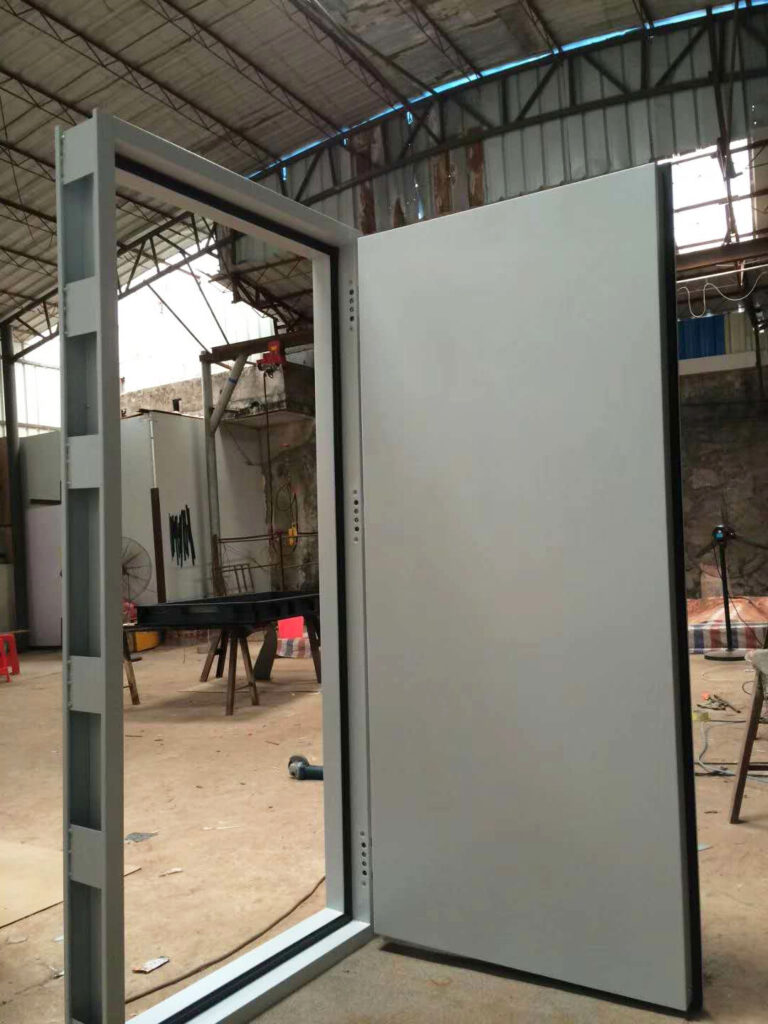
IV. Preparing for Installation
Before beginning installation of a noise blocking door, it’s essential to gather all the required tools and materials and prepare the door frame in preparation of installing your new noise barrier door.
Tools and Materials Checklist
To ensure a smooth installation process, ensure you have all of the following tools and materials on hand:
- Tape measure
- Screwdriver
- Drill
- Level
- Hammer
- Chisel
- Screws
- Hinges
- Door handle and lockset (if not included with the door)
Accurate Door Frame Measurement
Properly measuring the door frame is key to creating an exact fit for your noise blocking door. Use a tape measure to take measurements for height, width, and depth before taking multiple measurements to ensure accuracy as any slight variations could alter installation process or affect noise blocking effectiveness of door.
By carefully selecting and installing the ideal noise blocking door to block noise from door, you are setting yourself up for success in noise reduction. In the following sections we will walk through a step-by-step installation guide in which we cover removing existing doors, preparing door frames and fitting the new noise blocking door perfectly.
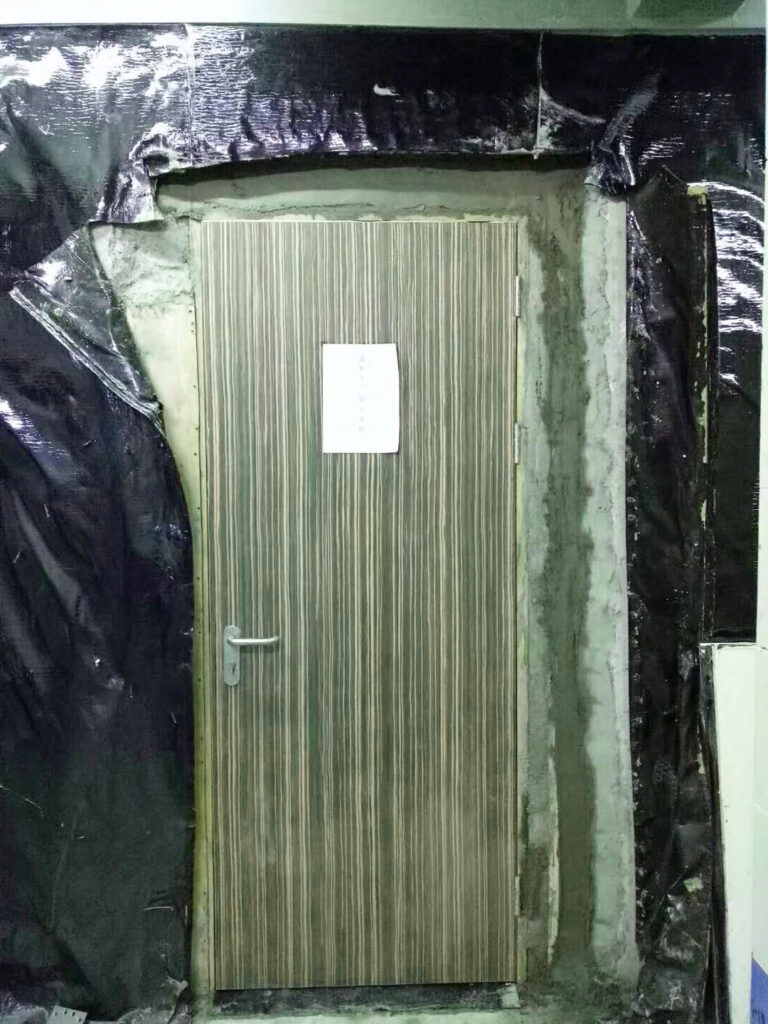
V. Step-by-Step Installation Guide
Now that you have selected and collected all the required noise blocking door materials and tools, it’s time to begin the installation process step-by-step. Read carefully through these instructions in order to achieve successful installation and maximum noise reduction.
A. Removing the Existing Door
Before installing a noise blocking door, it’s necessary to safely uninstall your current noise proofing door and door sound blocker. Here are the necessary steps:
- Gather Your Tools: Grab a screwdriver and unscrew any screws securing hinges to the door frame, saving them for later. Set these aside.
- Detach the Door: Once all screws have been removed from the hinges of an old door, sound blocking door cover and under door noise blocker, carefully lift it off of them using both hands. If necessary, get assistance from someone to assist if it is heavy.
- Inspect the Door Frame: Take some time to inspect the door frame for any signs of damage or wear before beginning installation. If there are any issues to address first, address them prior to moving forward with installation.
B. Prepare Door Frame
Prep the door frame correctly in order to ensure a proper fit of your new noise-blocking door, according to these instructions:
- Clean the Door Frame: Clean off any dirt, debris or old weatherstripping from the door frame using either a damp cloth or mild detergent as necessary.
- Measure and Mark: To ensure an accurate installation of the new door, measure both its height and width before marking its desired position with pencil or marker.
- Check Door Frame Align: Using a level, check that the door frame is aligned properly by using it to check plumb and levelness. Make any necessary adjustments by shimming or repositioning as necessary.
C. Installing the Noise Blocking Door
Now is the time to install your noise blocking door properly and successfully: Follow these steps for an efficient setup:
- Align the Door: Take extra care in placing the new door into its frame so that it aligns with all measurements and levels, with someone to assist holding it steady as you install.
- Secure the Hinge: With the set aside screws, secure the hinges of your new door to its frame using hinge screws. Firstly attaching its top hinge, followed by its bottom one and lastly its middle hinge – make sure the door swings freely and securely!
- Adjust the Door Fit: Check that your door fits within its frame properly, making adjustments as necessary by tightening or loosening hinge screws or shimming the door frame to achieve proper seal and noise reduction. This will help ensure proper seal integrity and maximum noise suppression.
- Install Door Handle and Lockset: If your noise blocking door doesn’t already include them, follow the manufacturer’s instructions to install them securely. Ensure both work smoothly.
D. Testing and Adjustments
Once installed, it’s essential to test its effectiveness and make any necessary modifications:
- Close the Door: Close and ensure that the noise-blocking door fits within its frame, checking for gaps or areas where sound might leak through.
- Perform a Sound Test: Step on either side of the door and have someone create noise on the other side, listening for any noticeable reductions in sound transmission through to you. If there are still significant noise leaks, consider adding weatherstripping or seals to improve its performance and enhance its efficiency.
- Make Adjustments As Necessary: If any areas where sound is still penetrating the door frame or hinges or seals need adjustment, small adjustments could make a noticeable difference to noise reduction.
By following these step-by-step instructions, you can install your doors that block sound successfully and create a more peaceful atmosphere by blocking sound from door. In the next section, we’ll offer tips to further increase its noise reducing capabilities for optimal performance.
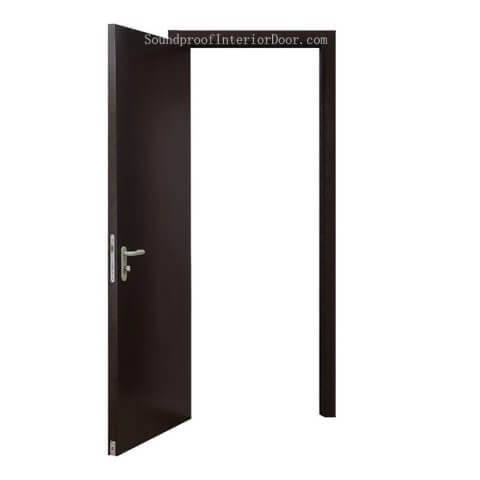
Wooden Soundproof Doors
Wooden Soundproof Doors Internal Sound Proof Wood Doors Wooden Acoustic Door
VI. Noise Reducing Tips and Ideas
Although installing a noise blocking door is one significant way of sound blocking for doors and creating a quieter environment, there are other measures you can take to further decrease noise pollution. Consider these tips for optimal noise reduction:
- Weatherstripping: To create a tight seal around the perimeter of your door frame and reduce sound leakage while simultaneously increasing energy efficiency, install high-quality weatherstripping door noise blockers. The sound block for door helps create an effective seal to help block sound leakage while simultaneously increasing energy efficiency.
- Door Sweeps: Secure door sweeps at the base of noise blocking doors in order to seal them against the floor and reduce gaps where sound can enter or escape from behind them. This acts as under the door noise blocker and helps minimize sound escaping.
- Seal Gaps and Cracks: Carefully inspect your door frame and the surrounding areas for gaps or cracks that allow sound to pass through, using caulking or sealant to effectively close them off to block sound from door, reduce noise pollution and further enhance noise reduction.
- Double Glazed Windows: If noise is entering through windows, consider investing in double glazed windows which feature two panes of glass joined together with an insulating layer to provide additional sound insulation.
- Curtains or Drapes: Hang thick curtains or drapes over windows and glass doors to absorb sound and decrease its transmission into the room. Heavy noise blocking door cover and sound blocking door panel will serve this function.
VII. Conclusion
Noise blocking doors are an excellent way to create an environment free from external noise disturbance. By understanding all of the different types and considering factors like material thickness and insulation properties when making your selection, noise blocking doors will help create an environment conducive to restful relaxation and productivity.
Installation requires uninstalling an existing door, prepping the frame for new noise blocking door, and securely mounting it to ensure maximum performance. Remember to test its noise-blocking effectiveness, making any necessary adjustments as required, for maximum effectiveness.
Implementing additional noise reduction measures such as weatherstripping, door sweeps, sealing gaps and installing sound block under door can further contribute to noise suppression. Engaging in regular maintenance of noise blocking doors will ensure they last long while providing lasting noise suppression benefits.
We hope that this guide has provided valuable insights and guidance for installing noise cancelling doors that block sound. Make use of them in both residential and commercial spaces for a quieter, more peaceful experience while enjoying reduced noise levels and greater comfort.
If you have any additional inquiries or require assistance, don’t hesitate to reach out! Now is the time to create your oasis of tranquility with noise blocking doors!
